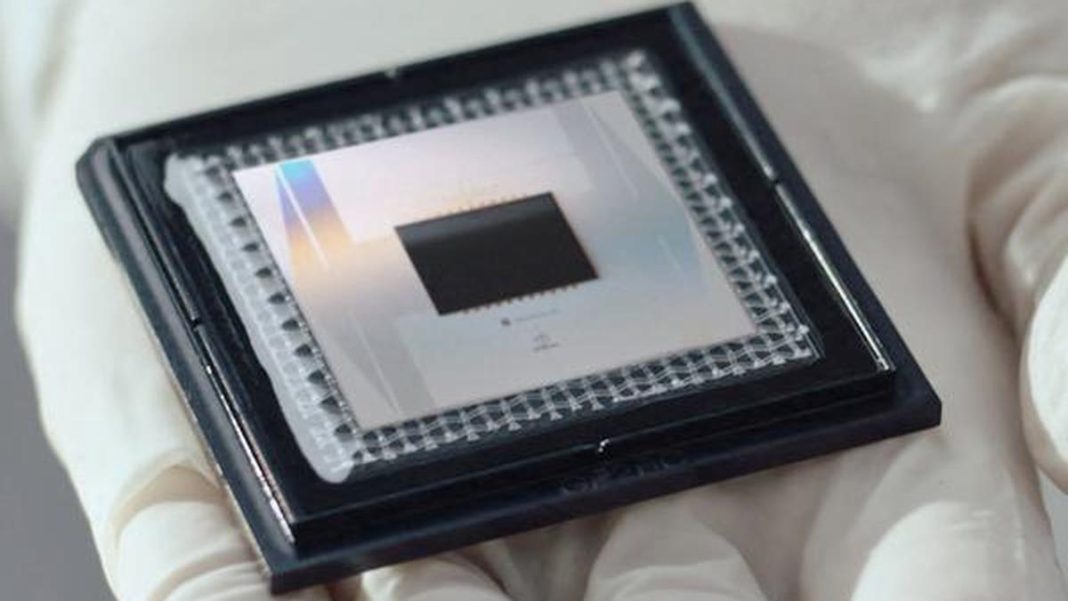Google’s Willow Chip Achieves First ‘Verifiable’ Quantum Advantage
Google has announced a major breakthrough, claiming its Willow quantum processor has achieved the first-ever ‘verifiable’ quantum advantage. This milestone means a quantum computer has demonstrably outperformed a classical supercomputer in a practical task.
Key Takeaways
- Google’s Willow processor ran its ‘Quantum Echoes’ algorithm 13,000 times faster than the world’s best supercomputer.
- The breakthrough is ‘verifiable,’ meaning other quantum computers can repeat the outcome.
- The technique, using OTOC measurements, could revolutionize drug discovery and materials science.
“This breakthrough is a significant step toward the first real-world application of quantum computing,” said Google CEO Sundar Pichai. The findings were detailed in an open-access paper published in Nature.
What is Quantum Advantage?
Quantum advantage is the point where a quantum computer solves a problem that is practically impossible for even the most powerful classical computers. Google’s Willow chip achieved this by executing an algorithm named ‘Quantum Echoes’ 13,000 times faster than the best classical alternative.
“This new algorithm can explain interactions between atoms in a molecule,” Pichai explained, “paving a path towards potential future uses in drug discovery and materials science.”
The Challenge of Quantum Chaos
Quantum systems are inherently chaotic. Information gets ‘scrambled’ across many particles, making it nearly impossible to study the underlying rules governing their behavior. This is like trying to understand a card game from a deck shuffled a thousand times—you only see noise.
Google’s solution was a special measurement called an Out-of-Time-Order Correlator (OTOC). It works by letting information scramble, giving the system a precise ‘kick,’ and then running the entire process backward to create a quantum ‘echo.’ By analyzing this echo, scientists can ‘unscramble’ the information.
Building a Quantum Time Machine
The team used Google’s Willow processor to build a highly chaotic quantum system. They performed a second-order OTOC, forcing information to make two full ’round trips’ in time. The critical test involved proving the signal resulted from quantum interference—a wave-like phenomenon where particles can amplify or cancel each other out.
When researchers ‘jiggled’ the quantum waves mid-process, the final measurement changed dramatically, confirming the signal was a product of true quantum interference.
Practical Applications and Future Impact
The implications are profound. Simulating this process on a classical supercomputer would take over three years; Willow completed it in hours. This clearly delineates the power of quantum computation.
The technique also enables ‘Hamiltonian learning’—a process for discovering the fundamental properties of quantum systems. This could unlock new materials and complex chemical reactions previously beyond our understanding.




